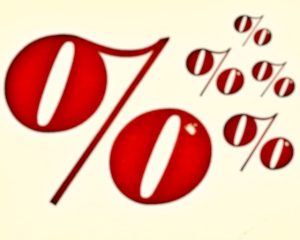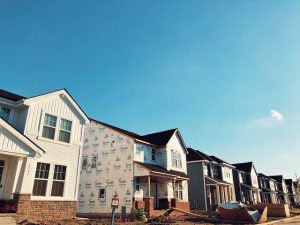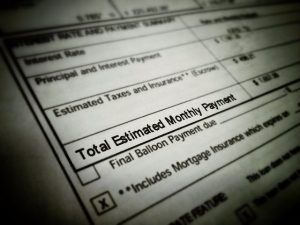A prospective borrower’s chances of being approved for a loan aren’t fixed. There are times when lending standards are looser and getting a loan is easier. There are also times when there are fewer available loan programs and tighter conditions mean borrowers will need to be more financially secure if they hope to get approved. In other words, mortgage credit availability matters. That’s why the Mortgage Bankers Association tracks it each month with its Mortgage Credit Availability Index. In July, the index rose slightly, indicating conditions have improved for borrowers. Joel Kan, MBA’s vice president and deputy chief economist, says ARM loans were behind the gains. “Credit availability edged slightly higher in July, driven by increased availability of ARM loans,” Kan said. “This development was consistent with a steeper yield curve and the jumbo-conforming spread back in negative territory. The average jumbo rate was around 8 basis points lower than the average conforming rate in July.” (source)













